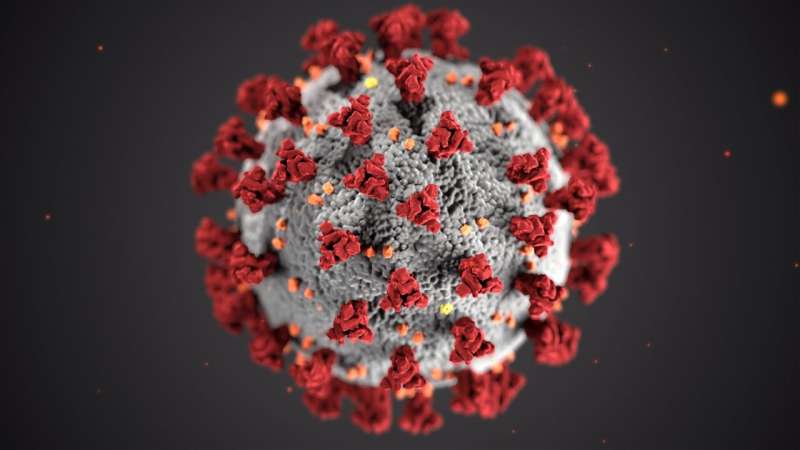COVID-19 Surge in California Driven by New 'Stratus' Variant Tied to Omicron

COVID-19 cases are rising quickly in California, driven by the new 'stratus' omicron subvariant, with health officials warning about ongoing community transmission and delayed vaccine rollout. Learn the latest updates from experts.
COVID-19 cases are once again rising rapidly in California, signaling a concerning trend for public health officials. Recent data from wastewater analysis in Los Angeles and Santa Clara counties shows increased concentrations of the virus, alongside a slight uptick in hospitalizations and outpatient cases. Infectious disease experts, such as Dr. Peter Chin-Hong from UC San Francisco, emphasize that the surge is occurring later than last year but remains significant.
The positivity rates for COVID tests in Los Angeles County have increased to 12.6% as of mid-August, up from 7.6% a month earlier, while Orange County reports a rate of 14.4%, rising from 8.1%. Regional health leaders predict an escalation in COVID-19 cases among children, driven by the back-to-school season. Emergency room visits for COVID-like illnesses among seniors are also on the rise.
A predominant factor in this resurgence is the emergence of the 'stratus' subvariant of COVID-19, classified as an omicron subvariant, which accounts for most of the variants detected in wastewater. Dr. Hudson notes that previous infections with other omicron variants may provide some protection, but reinfections remain possible.
Although this summer's COVID-19 activity appears less severe than last year's peaks, the ongoing wave reflects a notable rise in community transmission. Hospitalizations in L.A. County are approximately half of what was recorded during the same period last year.
Complicating the situation is the delay in the federal rollout of the updated COVID-19 vaccine for fall, attributed to policy changes and licensure uncertainties. Health officials in California warn that the availability and timing of new vaccines may be later than usual, potentially impacting vaccination rates.
Given these developments, experts recommend that individuals at higher risk—such as those over 65, immunocompromised persons, pregnant women, and young children—consider getting vaccinated promptly. The vaccines are believed to still offer protection against severe illness, though the decision to vaccinate should be discussed with healthcare providers.
The delay and policy shifts reflect broader debates within the medical community about vaccine safety and effectiveness. Despite these challenges, vaccination remains a critical tool in preventing severe COVID-19 outcomes. Health authorities urge the public to stay informed about updates and to continue practicing preventive measures.
For more information, source: Medical Xpress
Stay Updated with Mia's Feed
Get the latest health & wellness insights delivered straight to your inbox.
Related Articles
Twin Study Finds Genetics Play a Major Role in Infant Crying Duration
A groundbreaking twin study reveals that genetics significantly influence how much infants cry in their early months, highlighting the limited role of environment and potential for future research on sleep routines.
Impact of Maternal Air Pollution on Offspring's Asthma Severity
Exposure to air pollution during pregnancy can significantly increase the risk and severity of asthma in offspring, driven by epigenetic changes affecting lung and immune system development.
Understanding Brain Growth in Aging: What Recent Research Reveals
Recent neuroscience studies reveal that certain parts of the brain may increase in size with age, highlighting the brain's adaptive capacity and challenging traditional views of neurodegeneration. Learn how lifelong activity influences brain health in older adults.
Understanding the Hidden Food Safety Risks at Buffets and How to Protect Yourself
Buffet dining offers variety but poses significant health risks due to cross-contamination, temperature issues, and allergens. Learn how to stay safe and enjoy your meal responsibly.



